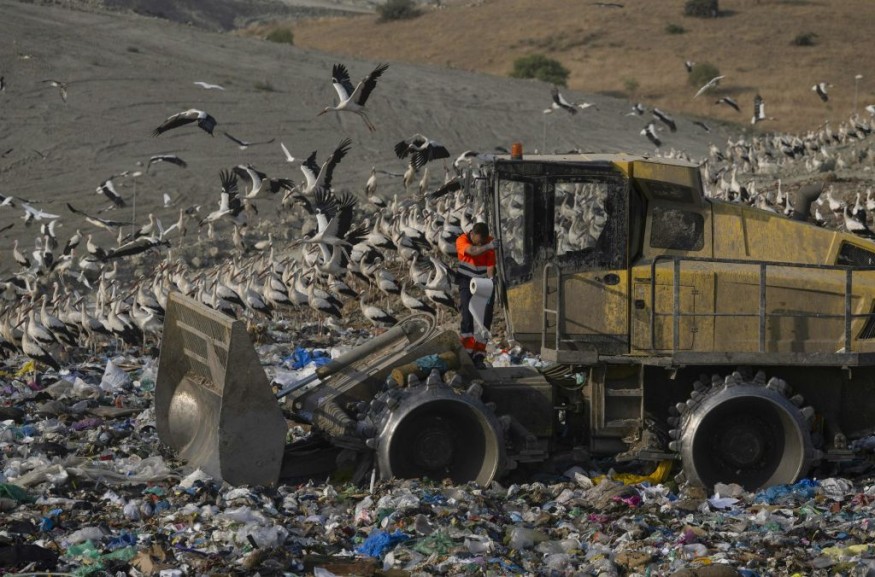
Even though hundreds of thousands of birds fly through Spain as part of their migration routes, 37,000 decide to spend the winter in a landfill so they may eat leftover food and rodents.
Winter in a Dump Site in Spain
Hundreds of thousands of birds, including storks, black kites, and vultures stop at a massive garbage dump in southern Spain to eat food scraps before starting their voyage across the Strait of Gibraltar, drawing the attention of ornithologists.
It is especially helpful for conducting a census, according to Jesus Pinilla of SEO/Birdlife in Andalucia, because there are so many birds gathered in one spot that it is simple to count and read their rings.
The piles of trash in the dump at Los Barrios, close to Cádiz, where the waste from 400,000 residents of Gibraltar and the surrounding area is dumped, make it simple for the birds to find food.
Feeding on Food Waste and Rats Instead of Migrating
Taking use of this food source is nothing new for birds, according to Pinilla, but this occurrence is seen as a change in migratory behavior, particularly in the case of white storks.
Until recently, all European white storks spent their winters in Africa. As the garbage dumps have expanded, the birds have discovered that they no longer need to travel 1,850 miles to sub-Saharan Africa in search of food if there is enough food available locally.
The more fed they are before they leave, the higher their chances of surviving the 8-mile journey due to strong crosswinds and the likelihood that any bird that falls down the sea will perish there due to their inability to regain flight.
According to researchers, a lot of rubber, plastic, and hazardous materials from landfills are unintentionally ingested by birds in addition to food and rats, which are another prey item that kites pursue.
Also Read : 22,000 Red Knot Shorebirds Return for Migration, Marking Successful Recovery of New Jersey Shores
Shift in Migratory Behavior
In an earlier investigation, Spanish scientists followed the activities of white storks, Ciconia ciconia, as they flew from northern Spain to Morocco and discovered that they frequently stopped at landfills along the way.
The scientists discovered that storks might disperse contaminants from landfills, resulting in heavy plastic and metal pollution in agricultural regions, notably in rice-growing areas.
However, by foraging in landfills along the way, storks were able to migrate more easily and with less energy expenditure, boosting their chances of survival. The population of European white storks has drastically expanded since the 1980s.
Additionally, the climate problem is forcing birds to adapt, particularly migratory species. Some species are being forced to alter their behaviors as a result of two hot summers in a row and a protracted drought in parts of Spain.
Pinilla later clarified that although they don't have all the information, it appears highly likely that storks, which depend on wetlands for food and reproduction, had altered their behavior as a result of the prolonged drought and may have given birth to fewer offspring.
Related Article : Migratory Devil Bird Sets Up Nest in New York in New Migration Patterns
© 2025 NatureWorldNews.com All rights reserved. Do not reproduce without permission.





